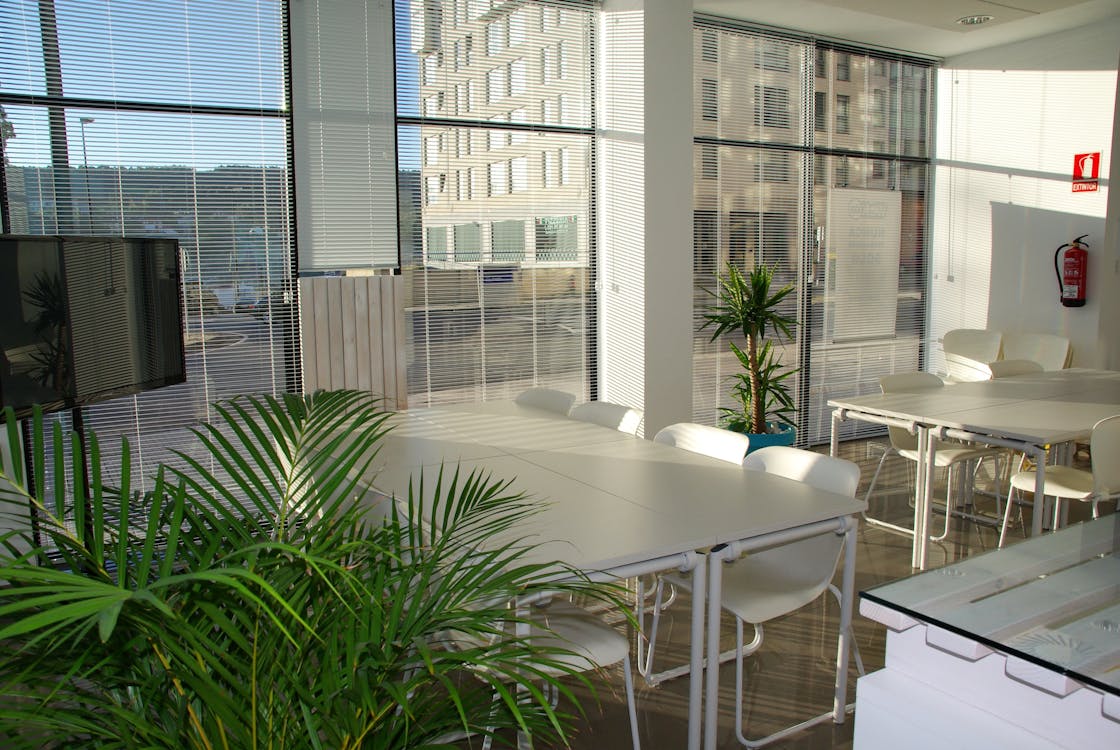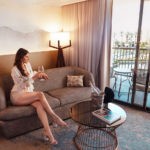The design of a business environment goes beyond aesthetics; it significantly impacts the experience of both clients and employees. A well-designed space can boost productivity, enhance comfort, and create a positive impression on everyone who interacts with it. By taking a thoughtful approach to design, businesses can transform their properties into inviting and functional spaces that reflect their brand values and foster positive interactions.
Creating a Welcoming Atmosphere for Clients
Clients form opinions based on the look and feel of a business space within seconds of entering it. Therefore, creating a welcoming atmosphere should be a top priority. Consider using a cohesive color scheme that aligns with the company’s branding and adds visual interest without overwhelming the senses. Neutral tones combined with strategic pops of color can create an inviting yet professional ambiance.
Furniture arrangement also plays a critical role in making clients feel comfortable. For waiting areas, choose seating options that are not only aesthetically pleasing but also ergonomic. Placing comfortable chairs and tables at appropriate distances allows for both privacy and easy interaction. Adding elements like soft lighting, artwork, and greenery can further enhance the environment, making it feel less like a commercial space and more like a welcoming lounge.
Enhancing Employee Productivity and Well-Being
For employees, the design of the workspace has a direct impact on productivity and well-being. A well-thought-out office layout that considers the flow of movement and accessibility can make a significant difference in how employees interact with the space. Open layouts encourage collaboration, while designated quiet zones offer spaces for focused work. Flexible workstations that allow employees to sit, stand, or move around can promote better physical health and mental clarity.
Incorporating natural light and ventilation is another key factor. Exposure to natural light has been shown to improve mood and energy levels, leading to higher job satisfaction. If natural light is limited, consider using LED lights with adjustable brightness and color temperatures to mimic daylight. Integrating biophilic elements, such as indoor plants or water features, can also create a calming environment that reduces stress and enhances overall well-being.
Improving Flow and Accessibility
Design choices that enhance the flow of a space contribute to both the client and employee experience. Clear pathways and logical zoning help people navigate the property easily, reducing confusion and creating a sense of order. In larger properties, visual cues like signage, floor patterns, or partitions can guide individuals through different areas without disrupting the overall aesthetic.
Structural elements like staircases and mezzanines should be designed with both function and aesthetics in mind. Incorporating modern commercial railings can improve safety while enhancing the look of the space. These railings provide support and security on stairways and elevated platforms, ensuring that all areas are accessible to everyone while adding a touch of elegance to the property.
Designing for Flexibility and Future Growth
A flexible design approach allows a business to adapt to changing needs over time. Consider using modular furniture that can be reconfigured for different purposes. Movable partitions can create temporary meeting rooms or private work areas, providing versatility without requiring significant renovations. Planning for growth and expansion is crucial, as it ensures the space remains functional and relevant as the business evolves.
Conclusion
Improving client and employee experience through thoughtful design requires a holistic approach that balances aesthetics, functionality, and comfort. By focusing on creating a welcoming atmosphere for clients and a productive, well-structured environment for employees, businesses can optimize their space for better interactions and overall satisfaction. Incorporating elements such as natural light, ergonomic furniture, and strategic zoning can transform any business property into a dynamic space that meets the needs of all its occupants. Thoughtful design ultimately leads to a positive environment where clients feel valued and employees feel motivated, contributing to the long-term success of the business.







